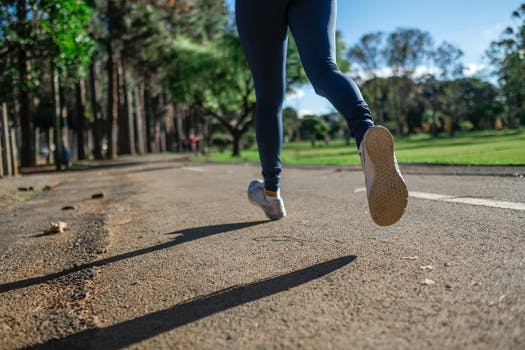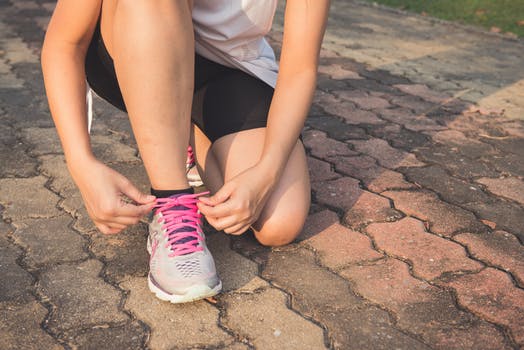The Benefits of Training with a Group
Doing activities alone may not always yield the desired results. But when you join a group, the same activities may turn out to be more enjoyable, motivating, and productive, and this can be especially true for running.
If you are contemplating participating in the Austin marathon, half marathon, or 5K, training for it solo may not be beneficial. So to extract the maximum benefits out of it, joining a training group is essential.
They help you stick with it
Starting training may be easy but sustaining it over a period requires grit, determination, and above all, inspiration. So when you join a training or running group you automatically start feeling motivated because you see people around you doing the same thing. After all, running is a different ball game. It can be easy to tire out or lose enthusiasm. But when your fellow runners heap praise on you for successfully executing your training, you become supercharged. You’ll be ready to infuse more energy and perseverance into your running. This in turn also inspires others to perform with similar gusto.
Helps give you a purpose
When several people come together, there is a creative exchange of ideas. You learn from others while others learn from you. The group, therefore, helps in fostering a sense of camaraderie and companionship that you slowly begin to cherish. You may also be required to mentor other runners in the group which may give you a sense of purpose.
Helps build relationships
Group training may be the perfect way to give you purpose while also expanding social circles, be they personal or professional. As you grow closer with running mates, you may find yourself sharing joys or venting frustrations about your life in a safe and supportive environment. Running also offers an opportunity to get to know your coworkers and bosses on more than just a work level, which can help make you enjoy coming in every day, or even help in advancing your career.
They help you learn from failures
Failures are a part of any sport, but how you learn from your failures and turn them around to your advantage is the true test of an athlete. If you are alone, you may feel frustrated at those failures. But if you have a great support group, you can take lessons from your failures and convert them into success. Having a group that supports you is important if you want to transcend the barriers and reach the pinnacle of success.
In group training, your team is like a pillar of strength. They guide and encourage you to be your best self. Running together bonds you as a team and cultivates teamwork skills that will last long after the run is finished.

 If you’re running the same course every day at the same speed there is little to no chance for growth. It will keep you fit, but it won’t help you grow. Incorporating different types of running and using different routes will slowly build your endurance. You’ll work and strengthen different muscles which will help with your ability to run for longer periods of time. Use these
If you’re running the same course every day at the same speed there is little to no chance for growth. It will keep you fit, but it won’t help you grow. Incorporating different types of running and using different routes will slowly build your endurance. You’ll work and strengthen different muscles which will help with your ability to run for longer periods of time. Use these  When we run, our muscles experience fatigue. Runners can tackle fatigue or avoid cramps by simply changing their running type. If you run the same route all the time you’ll use the exact same set of muscles. You won’t activate other muscle groups. When the time comes to use muscle groups that haven’t been worked your chances for injury increase. If you experience fatigue that might be a sign you need to
When we run, our muscles experience fatigue. Runners can tackle fatigue or avoid cramps by simply changing their running type. If you run the same route all the time you’ll use the exact same set of muscles. You won’t activate other muscle groups. When the time comes to use muscle groups that haven’t been worked your chances for injury increase. If you experience fatigue that might be a sign you need to  Incorporating running variety into your training program ensures every day presents something different. Your body won’t know what to expect and that is exactly what makes variety bear fruit. Different types of runs have varying effects on our body and when combined, our bodies evolve as a whole instead of targeting a single part.
Incorporating running variety into your training program ensures every day presents something different. Your body won’t know what to expect and that is exactly what makes variety bear fruit. Different types of runs have varying effects on our body and when combined, our bodies evolve as a whole instead of targeting a single part. necessary unless it is windy or raining.
necessary unless it is windy or raining. Not really about the dress, but worth mentioning that colder weather means shorter days. Plan your runs keeping in mind that the sun sets sooner and quicker.
Not really about the dress, but worth mentioning that colder weather means shorter days. Plan your runs keeping in mind that the sun sets sooner and quicker.

